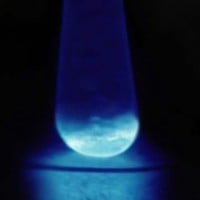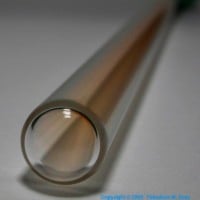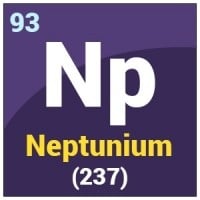Top 10 Coolest Elements of the Periodic Table
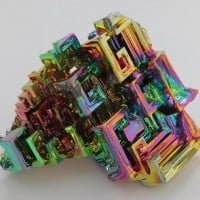
I suppose, since the title is COOLEST Elements, Bismuth is one of the coolest and probably the most beautiful of all elements. If all elements had the same rarity, I bet Bismuth would be the most expensive. I just adore the rainbow of colors dancing around. Right now, I am not voting on the most essential, but the coolest. The prettiest. The awesomest. For Bismuth is the most beautiful element, in my opinion. I don't want to keep rambling about the beauty of Bismuth, so goodbye, my friends.
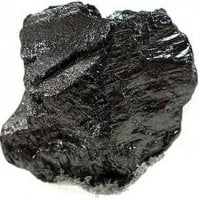
So important to life, we nor anything would be here without it. It has 4 electrons in its outer shell, which just gives it so much potential for bonding, and life absolutely took full advantage of that.
Silicon could technically fill its role theoretically, but silicon has nowhere near as many amazing forms. Steel, diamonds, graphite, and coal would not exist without this beautiful element.
Carbon is usually black like pencil and charcoal but can form a transparent and expensive thing like a diamond. Ridiculous, right?
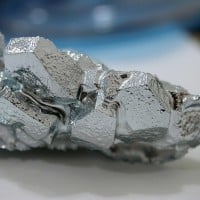
Gallium is just better than mercury. It may not be a liquid at room temperature, but it's even cooler because it melts in your hand. Besides, if melting in your hand doesn't cut it for you and you really want a metal that is a liquid at room temperature, you can easily make Galinstan from 70% gallium, 20% indium, and 10% tin, which is a liquid at room temperature. Furthermore, neither gallium nor Galinstan will give me kidney problems or brain damage when I handle it, so that's a bonus.
A fun fact about gallium is that a small amount of gallium will destroy anything made out of aluminum, including aluminum cans. It also attacks steel, making it very brittle. Although it can melt in your hand, it won't boil unless you heat it to 4,000F - the largest range of any element.
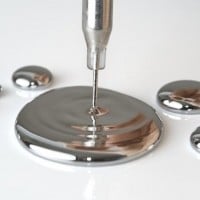
Mercury is cool. It's a liquid element and liquid metal at room temperature. It is very dense, which means some other metals can float on its surface, which is cool. However, I have one small complaint: it will give me kidney problems and brain damage. Unfortunately, I'm going to have to say that, whilst Mercury is cool, gallium is just better.
Hands down, way more interesting than gallium. It's really dense and is completely liquid at room temperature. It's the only metal and one of the only two elements liquid at room temperature. It was known to the ancients and was used (and is still used) in a wide array of applications. You would not have fluorescent lamps without mercury, and up until very recently, it was used in thermometers, tilt switches, batteries, dental fillings, gold mining, and so on. It is amazing.

Helium is fascinating stuff. Helium-4 becomes superfluid at 2-3K, one of the greatest quantum effects there is. It was discovered in the spectrum of the Sun, which is also cool. The only element with a boiling point below absolute zero. And what fun we all have when we inhale it.
Helium is the most fascinating element there is. You simply cannot argue.
P.S. It also goes to show that Physics is better than Chemistry.
Helium is a chemical element with the symbol He and atomic number 2. Helium is a colorless, tasteless, and odorless gas. Helium is the second most common element in the Universe (after hydrogen), making up around 24% of its mass. How cool is that?
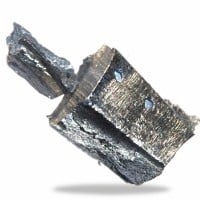
Neodymium is used in super strong magnets. Also, I think the name is cool.
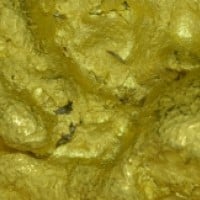
It gives you so much wealth. Hey, who doesn't like money, eh?
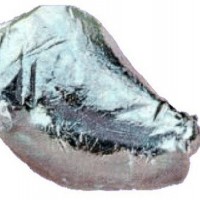
More than once every second, a medical procedure is done using Technetium. And while I could definitely say more, I won't for the sake of brevity.
The odd man out. Everything around it isn't radioactive, but it is.
A nice blue metal, oddly radioactive given its mass. Still neat, though.
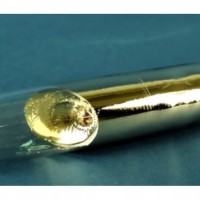
From a non-scientific viewpoint, cesium is kind of like a gold-colored version of gallium in the sense that it melts in your hand and is also super reactive. Who wouldn't think this element is cool?
Cesium is an element characterized as an alkali metal and has the atomic number of 55. It is used to help drill oil and make vacuum tubes. The most common everyday use for cesium is with the GPS on your cell phone.
Cesium clocks is the more accurate term for atomic clocks because cesium is used in these clocks. It also has a gold/silver color.
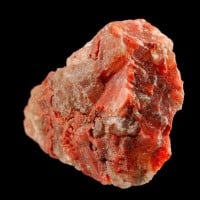
The best element by far for epic-ness. It's so cool that we don't know what it looks like because it evaporates itself, being the most radioactive element in nature.
Based on the trends in the alkali metals, francium might be a red-colored liquid metal, more red than copper. Its flame might be rose red too, very fitting given it's named after a romance country.
It's also a mad lad of an element, so much so that it killed who discovered it. Perey thought this element could diagnose cancer, but it ended up giving her cancer due to its carcinogenic nature.
The Newcomers
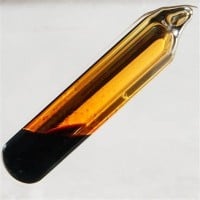
Liquid at room temperature (everyone loves liquid elements). What's more is it's a toxic black liquid with red fumes coming off of it. It looks like the blood of some Eldritch horror.
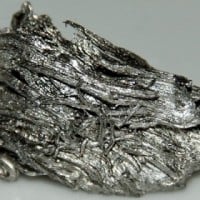
Uses of Holmium:
As a result of its special magnetic properties, holmium is used in alloys for the production of magnets and as a flux concentrator for high magnetic fields. Holmia (holmium oxide) is used as a yellow or red coloring for glass and cubic zirconia.
Holmium has the highest magnetic strength of all elements. Who doesn't like magnets?
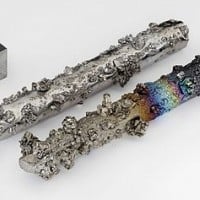
Tungsten rules. It has a nice grey color and is pretty heavy. Also, tungsten carbide is in no way harder than diamond.
It's heavy, it's dense, and someone left a glowing review on a cube of it on Amazon. What more could you need in life?
Has the highest melting and boiling points of all elements and is essential for light bulbs. How cool is Tungsten?!
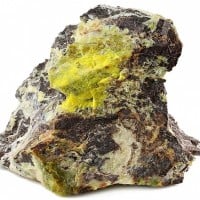
This and plutonium were used to make nuclear bombs and power plants.
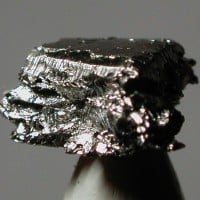
A very interesting metal. It isn't naturally present on Earth, so if it is discovered, it is a sign of a meteorite strike.
This is the second densest metal and cannot be corroded even at 2000 degrees Celsius.
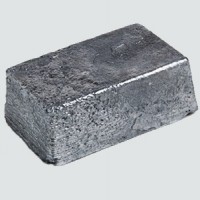
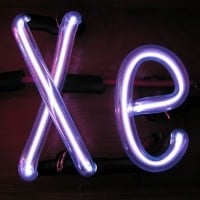
Xenon is cool because it is very unreactive. Xenon is used in certain specialized light sources. It produces a beautiful blue glow when excited by an electrical discharge.
Xenon lamps have applications as high-speed electronic flash bulbs used by photographers, sunbed lamps, and bactericidal lamps used in food preparation and processing.
My favorite noble gas, it glows violet and anything in nature that's violet like that is exquisite. It also can form compounds unlike most other noble gases.
Coolest name too, sounds like an alien substance.
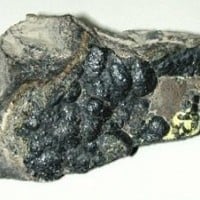
Overall, a fun element. I love its name, its placement, and all halogens. It's the rarest naturally occurring element, the decay product of two amazing elements, and it's still radioactive, which I love.
It's the most "balanced" element, in my opinion, and what I mean by that is it is almost impossibly perfect. Everything I want out of an element is here.
In my opinion, Astatine must be number 1. It belongs to the same group as that of Halogens like Fluorine, Chlorine, Bromine, and Iodine, but is completely different from them. It is extremely radioactive and is a product of nuclear decay. Only 31 grams of Astatine are known to be present in the Earth.
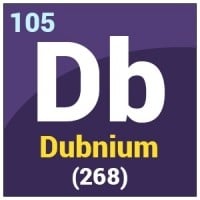
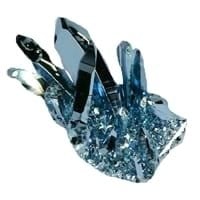
Osmium looks like a mana shard from some fantasy RPG, but instead of giving you more mana, it will just form osmium tetroxide, which is super poisonous.
Heavy, looks cool, rare, poisonous. Just generally has a lot of cool stuff going for it.
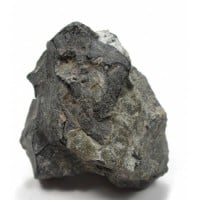
Silicon is a chemical element with the symbol Si and atomic number 14. It is a hard, brittle crystalline solid with a blue-grey metallic lustre, and is a tetravalent metalloid and semiconductor.
While it's known for its dark past, a compound of arsenic, Gallium Arsenide, is used in the most efficient solar panels.
Very interesting and poisonous element. Killed many people throughout history but also took care of pests.
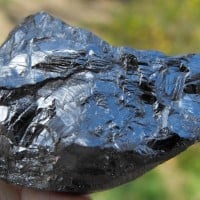
Oh, what would you do without glass? Glass is 75 percent made of SiO2.
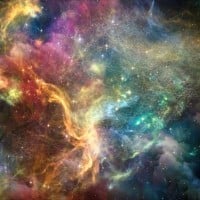
Where do I even begin? The lightest element, most abundant, joining in giant hot dense masses, fusing heavier elements in the core to keep it from collapsing on itself, and exploding in a magnificent spectacle later, making life at all possible. It has no business being so simple and yet so amazing.
Hydrogen starts with the best letter and is the first element. An entire system is based on its concentration, pH, giving rise to acidity and basicity. All of which are based on whether a molecule donates or accepts H+. Oh, and H+ is basically just a proton. No wonder it is attracted to other atoms with all their juicy electrons.
And talk about romantic. One of the strongest acceptors of H+ is, in fact, hydride, H-. Two hydrogen atoms can always find their way back to each other. An even better love story than...
Forms common molecules with most non-metals, ranging from hydrogen fluoride to borane, including some of the most important chemicals: water, ammonia, and methane.
Did you know three atoms can share two electrons? Well, hydrogen can. Three hydrogen atoms and two electrons form a trihydrogen cation. It's in the game.
But hydrogen reacts with oxygen to form nasty pollutants just like other compounds. Oh wait, the only gas produced from the combustion of hydrogen is water. That's not so bad, I guess. Although it is a greenhouse gas in the atmosphere, guess we will have to drink it then.
So yeah. Let's be real. Hydrogen is the best element. Now all we have to do is find a nice carbon or oxygen atom to bond it with, and then our little hydrogen atom will have a friend for the rest of its days.
